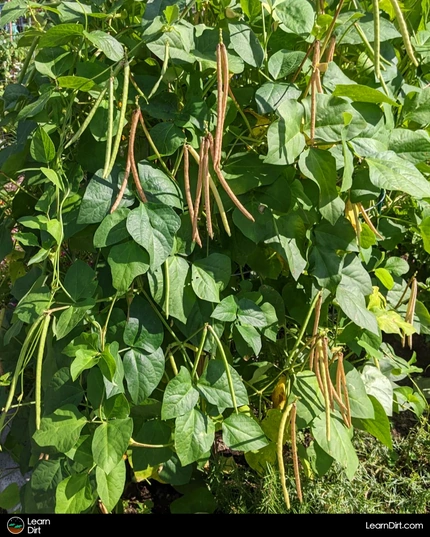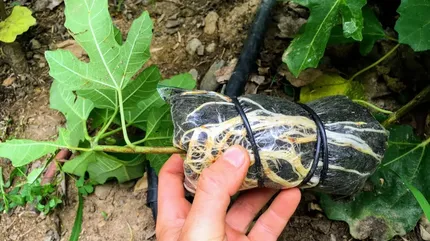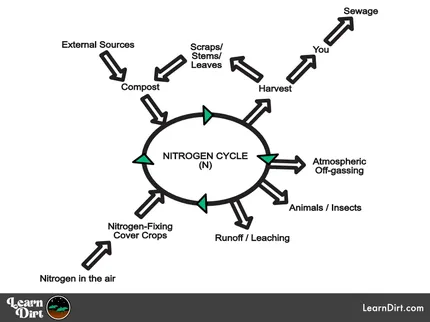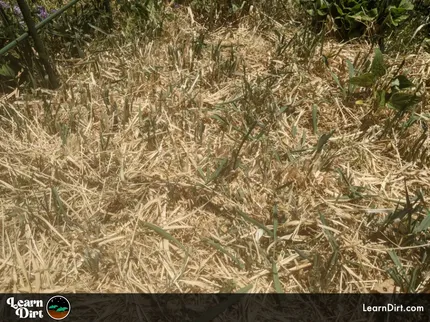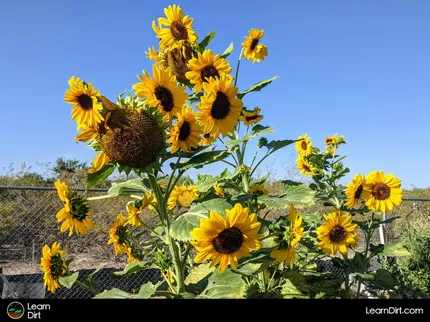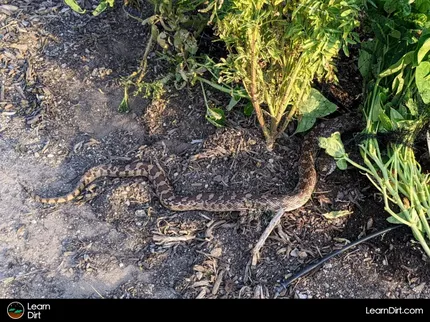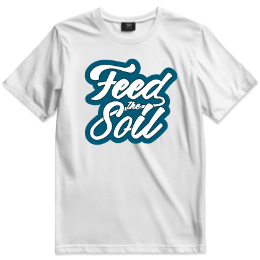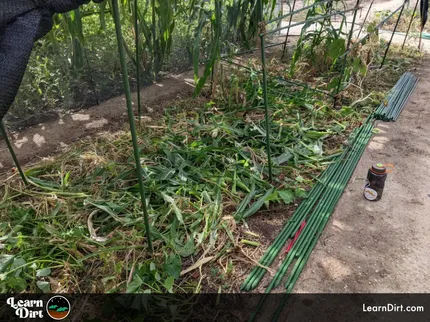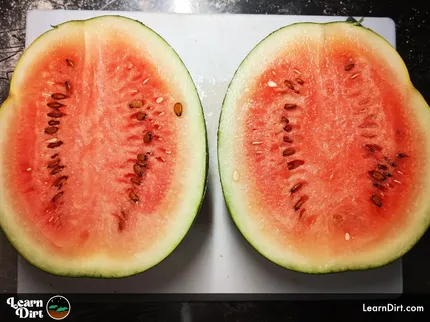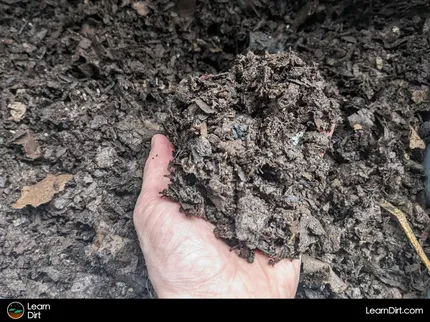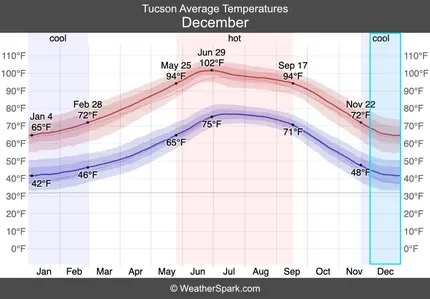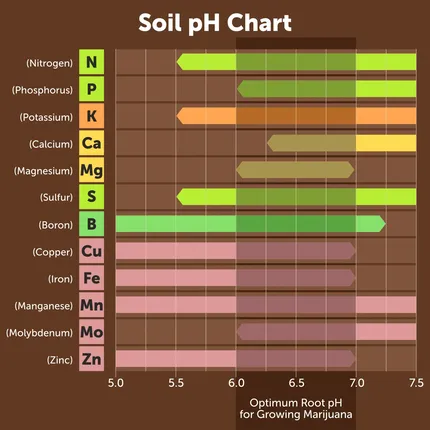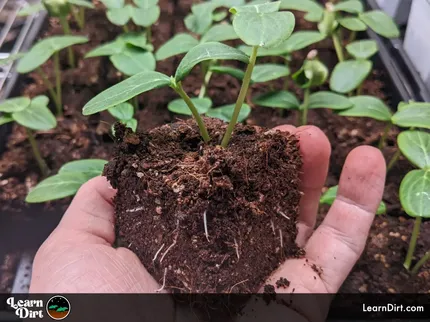Table of Contents
* Our articles never contain AI-generated slop *
In this guide to undercropping, we'll look at what an undercrop is, why you might want to implement this technique in your garden, as well as strategies, tips, and tricks to get undercropping working for you.

What Is Undercropping
Undercropping is the agricultural technique of growing one crop below or underneath another. It is a subset of intercropping - the technique utilizing two or more species grown together to form a polyculture.
A few examples of undercrop pairings to give you a visual:
Disclaimer: This post may contain affiliate links. Refer to the privacy policy for more information.
- Carrots grown underneath broccoli
- Radishes grown underneath cilantro
- Alfalfa grown underneath tomatoes & cucumbers
- Amaranth grown underneath corn
- Pumpkins grown underneath a peach tree
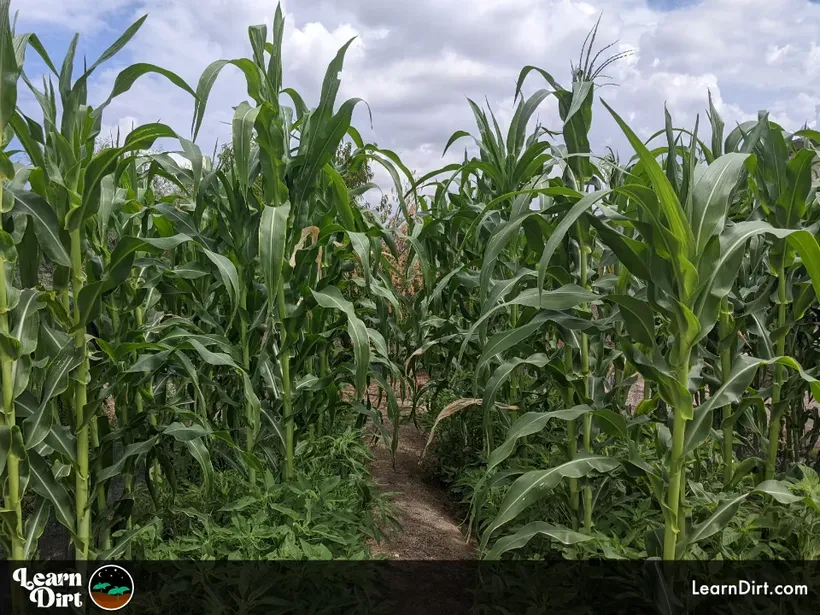
Why Use an Undercrop?
Undercrops are a type of polyculture, whereby two or more species are grown together. Polycultures are almost always more resilient than monocultures, because nature thrives on biodiversity.
Two or mor crops means that if one crop fails, you have a backup.
An undercrop means you can pair a short shade-loving species with a tall sun-loving one.
It means you'll have a longer or staggered period of blooms, and increased diversity of flowers (if growing angiosperms) which helps pollinators more than a monocrop.
More species flowering and longer flower times also means attracting more beneficial predator bugs to help with pests.
Undercropping helps to create layers of microclimates, allowing more diversity of critters and insects to take up residence among your food forest layers.
Join The Grower's Community
Whether you cultivate vegetables, house plants, succulents,
mushrooms, flowers, cannabis, or more...
you're welcome here 🌱
Check It Out!
Two or more crops intercropped can mean staggered or longer harvests - yielding more consistent food for you over potentially longer periods.
Pairing different crops also ensures a more balanced draw of nutrients from the soil as compared to a monoculture.
Undercropping With Cover Crops
My personal favorite technique, using cover crops as your undercrop.
If you can get this right, you can combine all the benefits of a cover crop cycle with a main crop, in a small space, while maximizing your land usage.
I love growing nitrogen-fixing cover crops at the foot of main crops, simultaneously taking and adding nitrogen. These cover crops are chopped and dropped every couple weeks throughout the season to provide constant mulch and to add that nitrogen to the soil.
You're setting yourself up with the nitrogen that will power future grow cycles all while still growing any of the main crops you want.
This all hinges upon choosing low-growing cover crops and/or intentionally trimming your cover crops low while letting main crops grow tall.
Cover Crop Growth Habits
The growth habit of your covers makes a big difference here if you'd like to grow it underneath your main crops. You'll want to consider how your main crops grow and whether a chosen cover will work well as an undercrop with it.
We've listed some covers below that grow low, moking them suitable undercrop candidates:
Low-Growing Cover Crops
Some cover crops such as clover have a wonderfully low growth habit. This allows them to carpet the soil while not crowding out any tall plants.
Utilizing clover as an undercrop below your main crops is a great way to add nitrogen to the soil without sacrificing a season to cover crops alone.
The following is the list of cover crops which will usually remain short enough to be grown underneath the main crops:
- Clover
- Oilseed Radish (commonly Daikon)
- Flax
- Buckwheat
- Alfalfa
- will out-compete short crops, but can undercrop taller crops or be pruned short
- Vetch
- will out-compete short crops, but can undercrop taller crops or be pruned short
It's worth noting that some of these *may* get too tall at times.
Vetch may climb partially up main crops.
Managing Covers Under Main Crops
I love trimming cover crops down below main crops, as they provide a quick and constant source of chop & drop to feed my soil microbiome.
That's all for now, thanks for reading!
If you have any questions, comments, or would like to connect with fellow gardeners, head on over to the forum and post there.


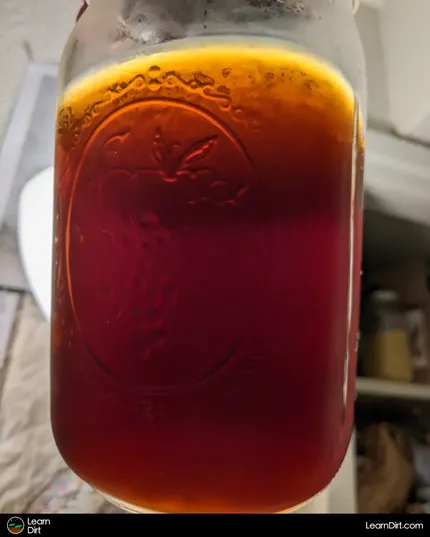
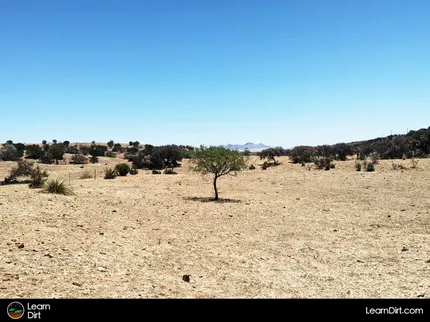
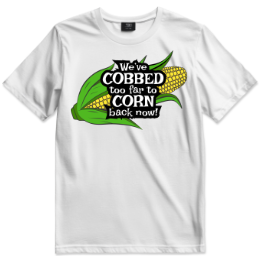

![Don't Till Away Your Carbon [Neon]](/media/product_images/dont-till-away-your-carbon-[neon]_sticker_260x260.png)
